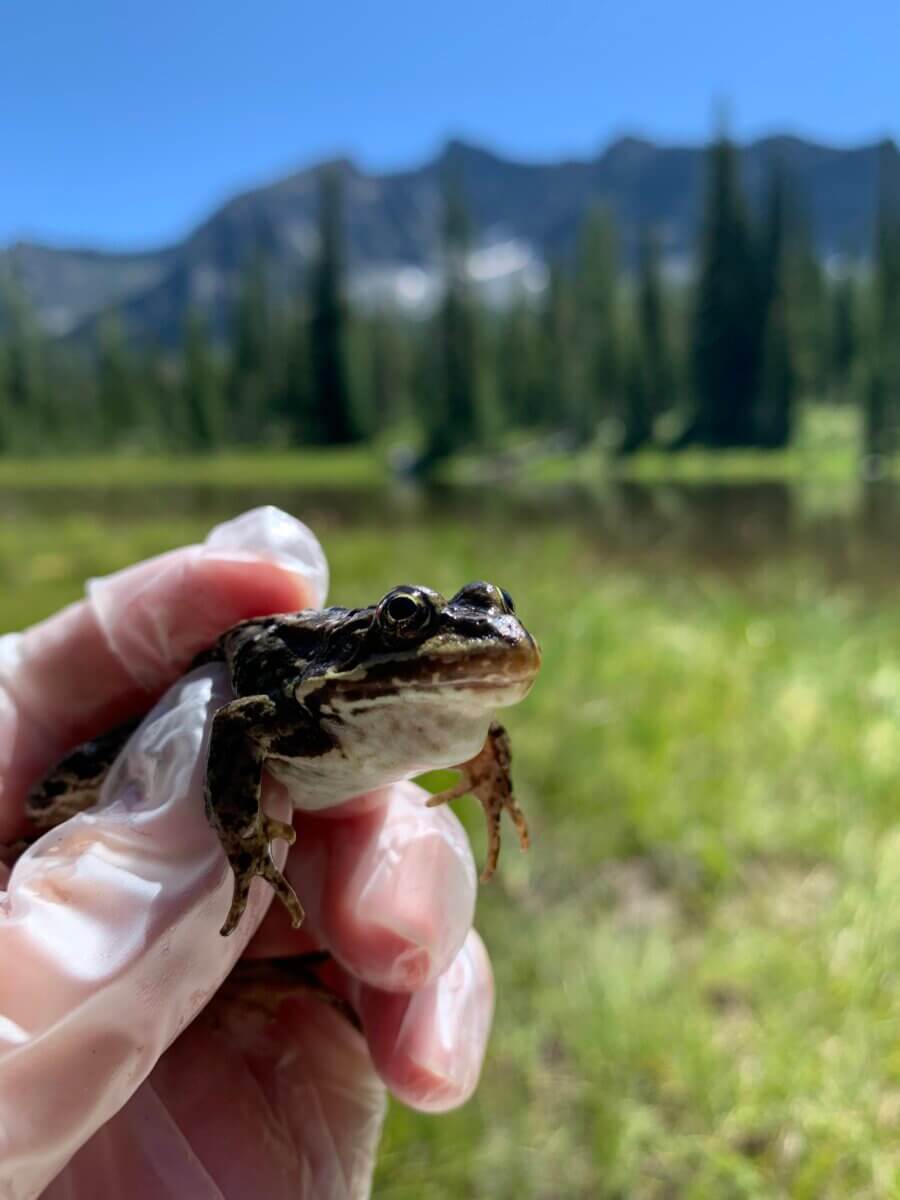RESTON, Va. — Beyond the constant danger of being eaten alive, frogs now need to worry about dying from mercury poisoning. A new study finds a high level of the toxic compound methylmercury in adult amphibians across the United States.
“Amphibians are the most endangered group of vertebrates worldwide, but until this study, we knew relatively little about the variability of mercury bioaccumulation in amphibians,” said Anne Kinsinger, the United States Geological Survey (USGS) associate director for ecosystems, in a media release.
“Trailblazing USGS science, like this study, provides a solid foundation for research and helps managers address the most pressing issues facing fish and wildlife conservation.”
The study had scientists from all over the U.S. test the mercury levels in over 3,200 amphibians. In total, 14 species from 26 populations were checked for signs of mercury poisoning. The amount of methylmercury exposure depended on several factors, including what amphibians ate, their size, and their biological sex.
Some locations showed barely detectible signs of methylmercury, while others were well beyond what is considered normal for the health of wildlife. There was considerable variability — amphibians with the highest concentrations had 33 times more than animals with the lowest amount in their bodies.

Compared to dragonflies, fishes, and birds who have been tested for mercury poisoning in the past, the concentration in amphibians was much lower. However, this difference might have more to do with how researchers collected samples across species. According to the study authors, amphibian data was collected in the wetlands, their natural habitats. Meanwhile, information on birds and other animals was collected from all sorts of habitats, leading to a more diverse dataset.
Mercury is a dangerous compound that is toxic to both animals and humans. Found in microbes living in water, methylmercury is one of the most common forms of mercury. Methylmercury is suspected to be one of the reasons why amphibian populations are on the decline. Many amphibian species are labeled as threatened and endangered under the Endangered Species Act.
Once microbes containing mercury are ingested, it’s nearly impossible for animals to expel them. The toxin builds up in the body over time as they ingest more, a process known as bioaccumulation.
“Despite its toxicity, scientists only have a limited understanding of methylmercury’s effects on amphibians,” said Brian Tornabene, a USGS postdoctoral researcher and the study’s lead author. “The results from this study can be used to inform future research on the health effects of methylmercury exposure on amphibians, which for some was very high.”
The study provides new methods for scientists to assess the risk of mercury for a wide range of species. For example, scientists figured out a way to understand how mercury builds up in frogs using dragonfly larvae.
The study is published in the journal Environmental Science & Technology.
You might also be interested in:
- Farewell to frogs? Study warns hundreds of amphibians on brink of extinction
- When should you eat fish? Scientists uncover the perfect season to avoid mercury contamination
- Mercury In Fish May Lead To ALS, Study Finds

